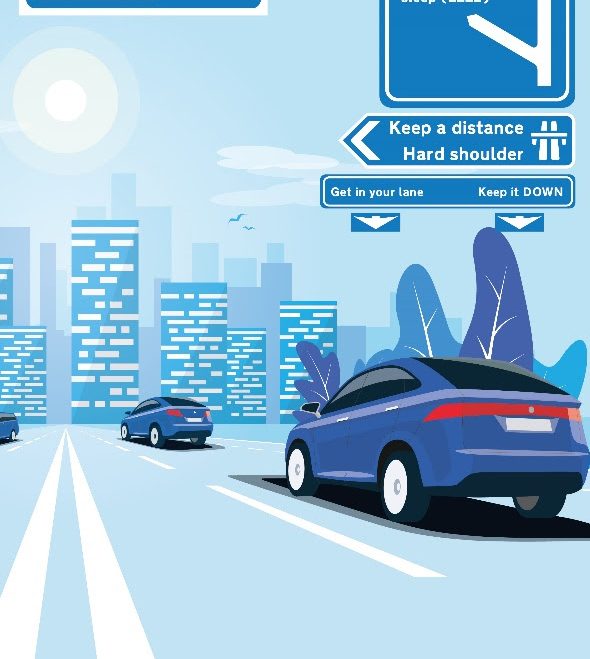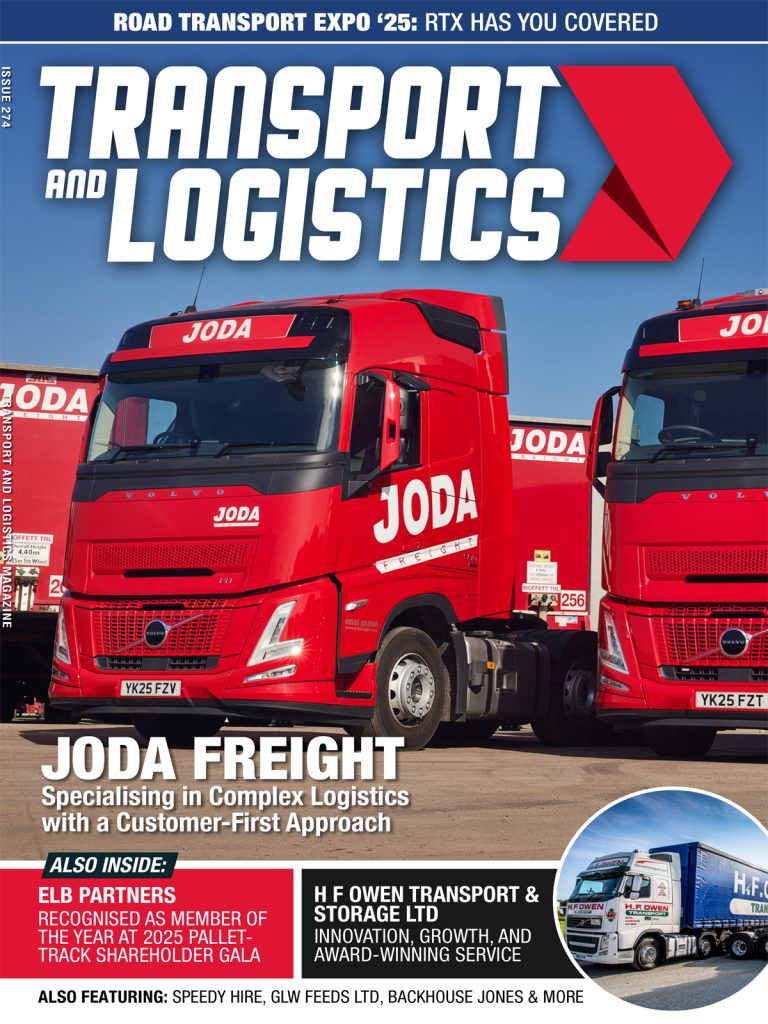Drivers heading on motorways for the first time in a while are being warned about the unwritten rules on these bigger and faster road systems. The motoring experts at LeaseVan.co.uk have compiled a list of motorway rules that aren’t in the Highway Code but should be obeyed when on speedier roads.
The rigid rules of law on a motorway usually make it a fairly safe place for motorists to find themselves. However, travelling at such high speeds will always include a level of risk and trust in the surrounding vehicles. The advice includes picking a lane and sticking to it, being mindful of potential learners on the carriageway and getting plenty of rest before embarking on a big journey.
A spokesperson for LeaseVan.co.uk said: “In the next few weeks and months, people will start emerging from lockdown, meaning most drivers will be getting used to the ways of the road again. However, you can never be too careful, and you never really stop learning when driving – every tip and reminder of the motorways unwritten rules can help. By refreshing your memory once in a while, it will help you become a safer, more confident driver which will have a positive effect on our roads.”
Unspoken motorway rules:
1. Get in your lane
Drivers leaving the motorway at the next exit should get themselves into the correct lane at the first safe opportunity. This will avoid annoying other motorists by forcing them to slow down or move to let last minute-lane deciders in at the latest moment.
2. Keep it down
Drivers blaring out their favourite tunes at top volume should think again, especially on the motorway. Loud tunes will distract you and prevent you from hearing horns or alerts that the road is unsafe. Anti-socially inflicting your tastes on other drivers could also prove dangerous and cause confusion, especially on warm days when your windows are down.
3. Learner awareness
Since June 2018, provisional licence holders have been able to drive on the motorway in vehicles with dual controls and L plates if they are accompanied by an approved driving instructor. Many drivers first experiences of the motorway are daunting, and that is usually after they have passed their test. Motorway users should be considerate to learner drivers and remember how it felt to be underconfident on the road.
4. Get a good sleep
Being tired and behind a wheel is an awfully bad idea, as tiredness increases your risk of being in a collision. Before embarking on any long journey or motorway trip, ensure you are well-rested and have had enough beauty sleep to keep you feeling refreshed. Natural alertness is at its lowest between midnight and 6am, so avoid undertaking long journeys between these times. When long, late journeys are unavoidable, plan the drive to ensure you are taking a short break for every two hours on the road.
5. Know when to move
Being in the wrong motorway lane can be a real nuisance to the drivers behind you and can cause pileups and unnecessary traffic delays. If you are going slower or at a similar speed to the cars in the left-hand lane, stay there. Only move over lanes when you are overtaking a car that is going slower than you and as soon as you have overtaken, move back to the lanes on the left. Avoid being a person who unnecessary hogs the middle lane too, as they cause congestion, slow down traffic, make it impossible to overtake and should be banned from the motorway entirely.
6. Keep a distance
Drivers who sat their theory test many moons ago will remember the agony of trying to learn each individual speed’s stopping distance. Stopping (or breaking) distances are how long it takes a vehicle to come to a complete stop after the driver has seen a potential hazard, from thinking to applying the brakes to coming to a complete halt. When reaching high speeds on the motorway, vehicles should keep plenty of distance from cars ahead, especially in wet or icy conditions. It is worth being familiar with the stopping distances for all speeds, but especially how far it takes to stop when travelling at top speeds.
20mph – 12m stopping distance in total.
30 mph –23m stopping distance in total.
40 mph –36m stopping distance in total.
50 mph –53m stopping distance in total.
60 mph –73m stopping distance in total.
70 mph –96m stopping distance in total.
7. Hard shoulder
The hard shoulder is only for emergency use such as being told to stop by the police or your vehicle breaking down. This is unless you’re travelling on a smart motorway and the signs are instructing you to travel along the shoulder. If you’re spotted using the hard shoulder for other reasons, it could land you with a £50 fine and potentially points on your licence.














